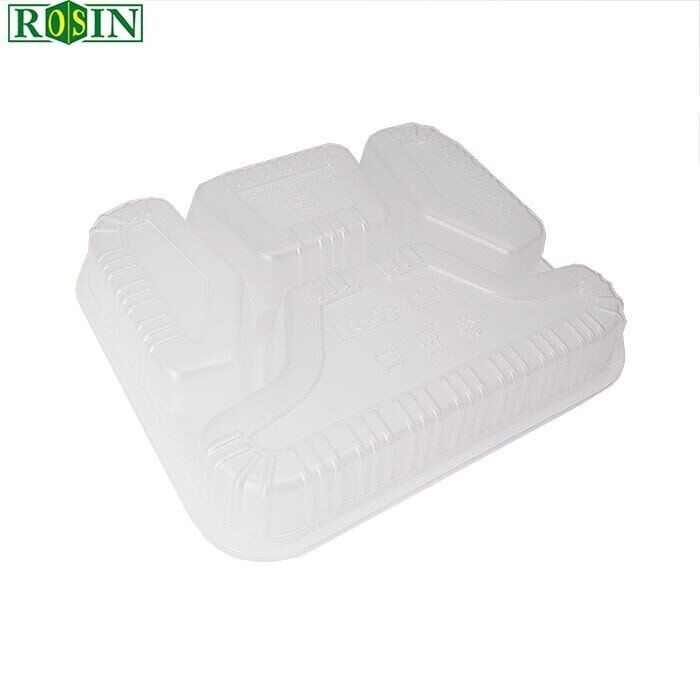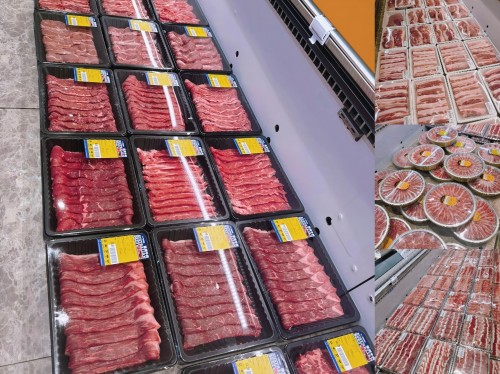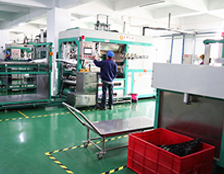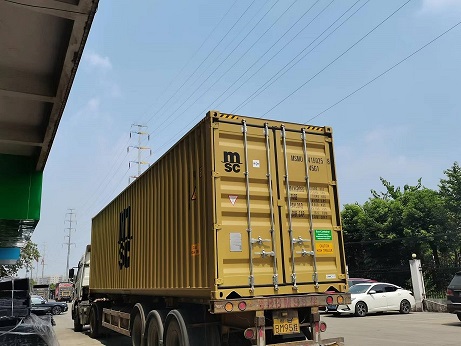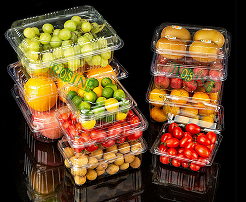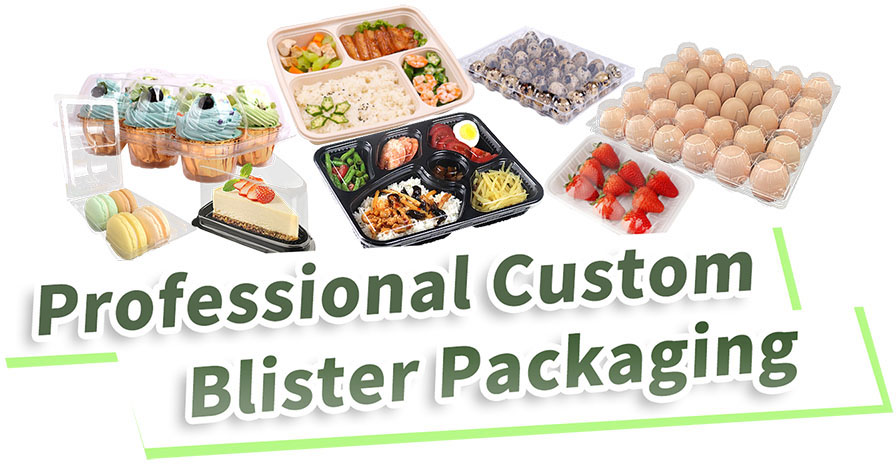A brand-new customized blister packaging solution for ready-to-eat meals

October 29, 2025
A brand-new customized blister packaging solution for ready-to-eat meals has been launched, precisely matching the core demands of the industry for "freshness retention, leak prevention, and heating compatibility" As the prepared meal industry enters a new phase of large-scale development, "packaging adaptability" has become a key factor affecting product experience and market competitiveness. Recently, our company officially launched a customized blister packaging solution tailored for the prepared meal scenario. Focusing on three major prepared meal categories—ready-to-heat, ready-to-cook, and ready-to-eat—this solution comprehensively addresses industry pain points through material upgrades, structural innovation, and personalized customization, providing integrated packaging support of "safety, practicality, and high appearance" for prepared meal enterprises. The core advantages of this solution accurately match the special needs of prepared meals: first, high temperature resistance for diverse heating scenarios. It adopts food-grade high-temperature resistant PP/PET materials, which can directly withstand microwave heating (≤120℃) and steam heating (≤130℃) without the need for secondary container replacement, meeting consumers' demand for convenient eating. Meanwhile, the materials maintain shape stability and no odor emission under high temperature, and have obtained FDA and SGS food contact safety certifications. Second,partitioned structure for composite ingredient needs. It supports customized multi-compartment design for "main dish + side dish + sauce", and can design independent cavities with different depths and sealing properties according to ingredient characteristics (solid, liquid, semi-solid) to avoid flavor mixing. At the same time, the box load-bearing structure is optimized to adapt to cold chain storage and long-distance transportation, reducing the damage rate. In addition, the solution provides full-process customized services: it supports customizing box sizes according to prepared meal specifications (single-serve, family-serve, banquet-serve), and can realize personalized designs such as special-shaped boxes, transparent viewing windows, and embossed printing of brand logos to enhance product shelf appeal. To meet the rapid iteration needs of prepared meal enterprises, the mold development cycle is optimized—small-batch customized orders can be delivered in as fast as 7 working days, and bulk orders support flexible production, adapting to enterprises' new product testing and large-scale mass production needs. In the future, our company will continue to deepen the prepared meal packaging scenario, iterate products in combination with cold chain logistics and changes in consumption habits, and provide more targeted blister packaging solutions for the industry.


